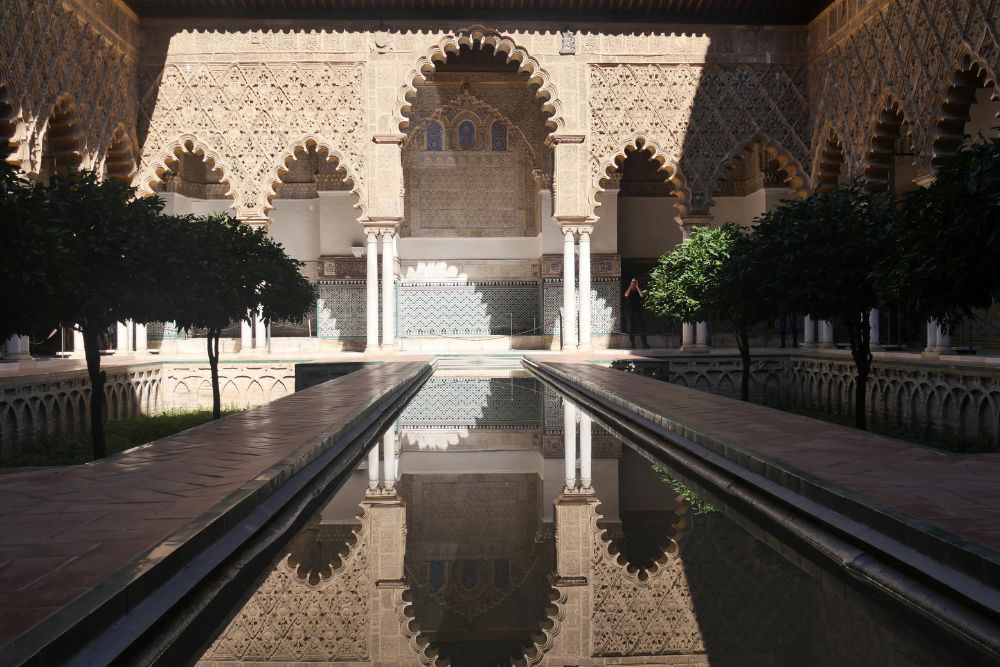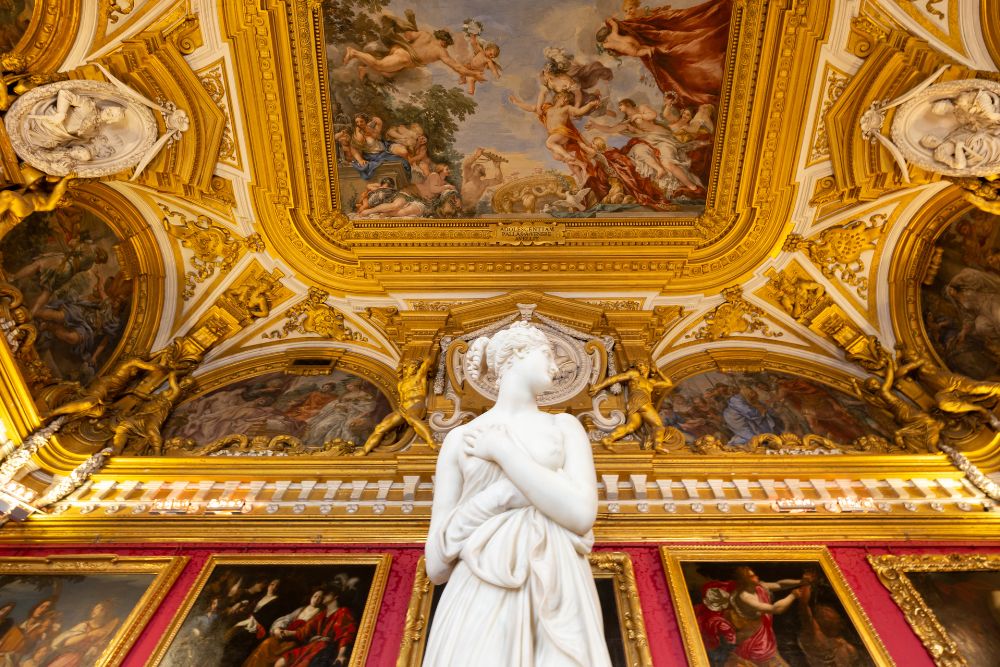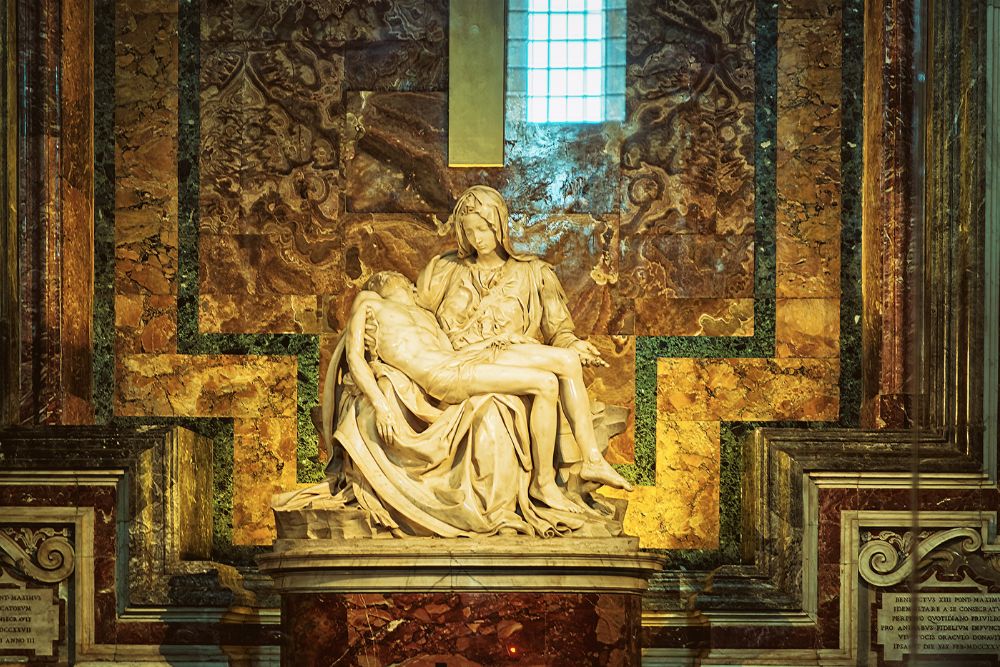
Moorish Influence on Italian Culture
Italy, with its rich and diverse cultural heritage, has been influenced by various civilizations throughout its history. Among these, the Moors, who arrived in Southern Italy during the Middle Ages, made a significant impact on Italian culture. This article explores the profound Moorish influence on Italian culture, delving into how their contributions in art, architecture, cuisine, and science have left a lasting mark on the Italian peninsula.
The Arrival of the Moors in Italy
The Moors, primarily of North African and Arab descent, arrived in Italy in the 9th century, bringing with them a rich and sophisticated culture. They established a presence in regions such as Sicily, Southern Italy, and parts of the mainland.
Moorish Art and Its Influence on Italy
The Moors were known for their artistic achievements, which incorporated elements of Islamic art, creating a unique blend that had a profound impact on Italian art.
Islamic Architecture
Moorish architecture, characterized by intricate geometric patterns, arches, and ornate decorations, left a significant impression on Italian architecture. This influence is particularly evident in Southern Italy, where buildings like the Palermo Cathedral and the Zisa Palace showcase Moorish design elements.
Arabesque Art
The Moors introduced the concept of Arabesque art, characterized by intricate and repetitive patterns. This style of decoration influenced Italian ceramics, textiles, and mosaics. Sicilian ceramics, for example, display Moorish-inspired designs.
Illuminated Manuscripts
Moorish scriptoria produced beautifully illuminated manuscripts. These manuscripts influenced the development of Italian medieval illuminated texts, impacting both content and artistic techniques.
Moorish Influence on Italian Architecture
The Moorish influence on Italian architecture extended beyond decorative elements, shaping the very structure of buildings and the layout of cities.
Architectural Elements
Moorish architectural innovations, such as the use of horseshoe arches, pointed arches, and domes, were integrated into Italian structures. The use of these arches, in particular, can be seen in Italian buildings like the Palermo Cathedral.
Urban Planning
The Moors were skilled city planners, and their layouts for cities like Palermo and Catania influenced the development of Italian urban centers. These cities incorporated geometric street plans and public spaces inspired by Moorish design principles.
Moorish Influence on Italian Cuisine
The Moorish influence on Italian cuisine is substantial, with the introduction of new ingredients, cooking techniques, and flavor profiles.
Introduction of New Ingredients
The Moors introduced numerous ingredients to Italy, including rice, sugar, almonds, and various spices. These ingredients significantly enriched Italian culinary traditions.
Cooking Techniques
Moorish culinary techniques, such as sautéing, were embraced by Italian cooks. The use of spices and herbs to flavor dishes became a hallmark of Italian cuisine, contributing to its diverse and flavorful character.
Sweets and Desserts
The Moors had a penchant for sweets, and their influence can be seen in Italian desserts like almond-based pastries and various sweet confections. Marzipan, for instance, has Moorish origins.
Moorish Contributions to Italian Science and Learning
The Moors made significant contributions to various fields of knowledge, including mathematics, astronomy, medicine, and philosophy. These advancements had a lasting impact on Italian intellectual pursuits.Translation Movement
The Moors played a crucial role in preserving and translating classical Greek and Roman texts. Their translation efforts contributed to the dissemination of knowledge in Italy and paved the way for the Italian Renaissance.
Mathematics and Astronomy
Moorish scholars made advancements in mathematics and astronomy, which influenced Italian mathematicians and astronomers. Their work contributed to the development of the scientific method in Italy.
The Legacy of Moorish Influence in Italy
The Moorish influence on Italian culture endured through the centuries and contributed to Italy's rich tapestry of traditions and heritage.
Language
Moorish rule introduced Arabic words into the Italian language, particularly in the south. Many Italian words related to mathematics, science, and agriculture have Arabic origins.
Music and Instruments
The Moors introduced various musical instruments and musical styles to Italy. These influences can be observed in the use of instruments like the lute and the development of polyphonic music.
Clothing and Textiles
Moorish clothing styles and textiles, with their intricate patterns and vibrant colors, left their mark on Italian fashion and textile design.
The Italian Renaissance and Moorish Revival
During the Italian Renaissance, there was a renewed interest in classical knowledge and a revival of Moorish-inspired art and architecture.
Architectural Revival
The Renaissance saw a resurgence of interest in Moorish architectural elements, with Italian architects incorporating Moorish design principles into their creations. This can be seen in the Palazzo dei Diamanti in Ferrara, which features a façade adorned with diamond-shaped patterns reminiscent of Moorish decoration.
Textual Revival
The rediscovery of Moorish manuscripts and texts during the Renaissance fueled a renewed interest in Moorish contributions to science, philosophy, and literature.
Conclusion
The Moorish influence on Italian culture is a testament to the transformative power of cross-cultural interactions. From art and architecture to cuisine and science, the contributions of the Moors continue to shape and enrich Italy's cultural heritage. As we explore Italy's diverse regions, we encounter a cultural mosaic that bears witness to the enduring legacy of Moorish influence. Italy's embrace of these influences is a reminder of the richness that emerges when different cultures come together, leaving an indelible imprint on the world we know today.







